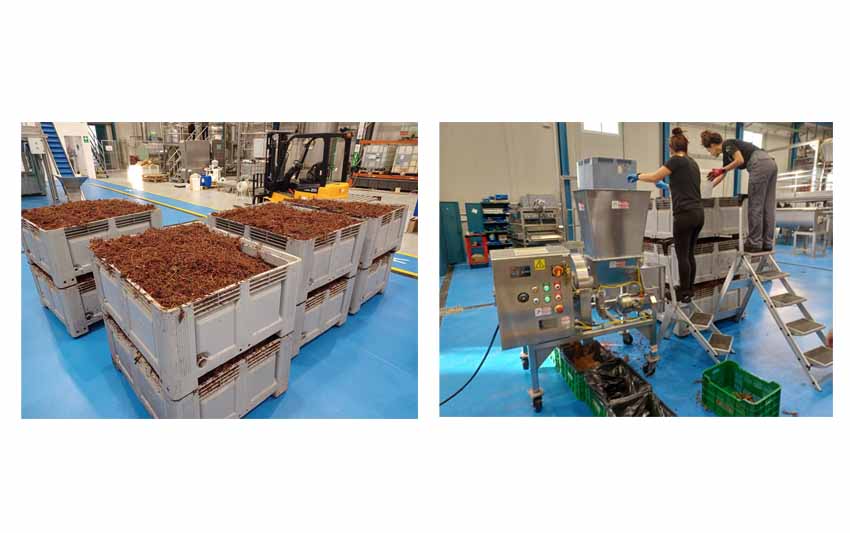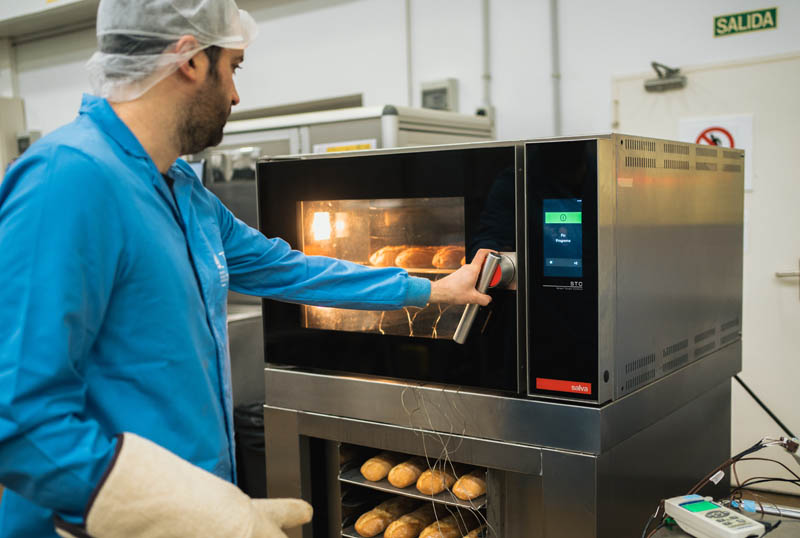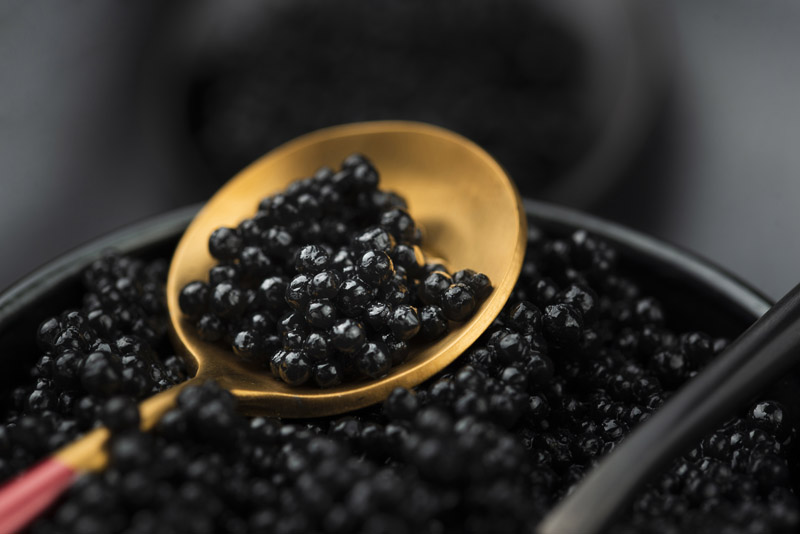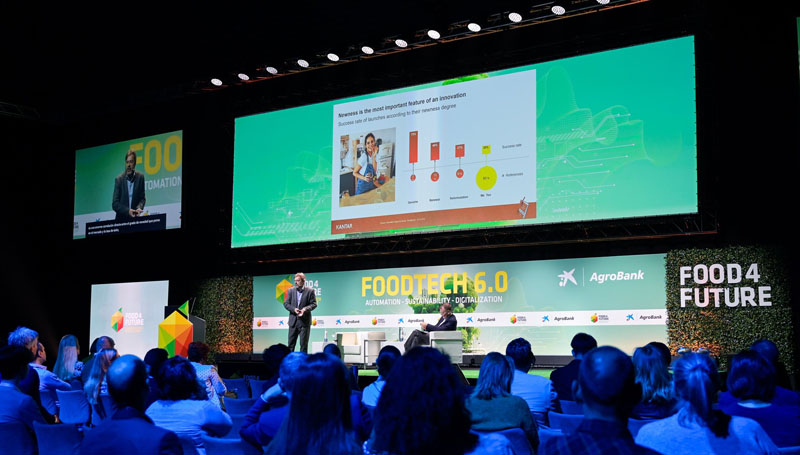Validation of a circular economy solution on an industrial scale
Últimas noticias
Una mirada LGTBIQ+ al reino animal
Circular Economy in Action: Valorisation of By-products through Projects like PRIMA NEWFEED
Strategic Perspectives: Highlights from the Food4Future World Summit for Business Leaders
BRUNO IÑARRA, DAVID SAN MARTÍN, JONE IBARRURI, JORGE FERRER and NAGORE LUENGO, Efficient and Sustainable Food Chain
We recently had the opportunity to validate on an industrial scale a circular economy solution to valorise grape stems within the European Prima NEWFEED project.
The validation of the solution is a fundamental part of the process. It is where we ground the proposal we have designed to the highest possible level, where we see the possible problems that may arise so that we can anticipate them and offer a final product that really meets the customer’s expectations.
We have been able to implement a system to recover 4 tons of grape stems from wineries as a second-generation feedstuff to produce a new feed ingredient for ruminants (dairy sheep and cattle) and rabbits. Also, we have tested an in-house designed and manufactured hydrolysis system, with the aim of improving the nutritional properties of the ingredient. But let’s start from the beginning.
Índice de contenidos
A circular economy solution for the wine industry: grape stem valorisation
NEWFEED is a European project seeking to develop and adopt alternative animal feeds, setting up a circular economy approach in the livestock production by turning food by-products into high value secondary feedstuff for animal feed. In this context, AZTI’s case study focuses on the recovery of grape stem.
For every kilogram of grapes processed in winemaking, 0.21 kilograms of grape stem are generated, which are currently managed as waste. Thanks to this solution we can, on the one hand, recover the grapes that do not enter the winemaking process (grapes that remain mixed with the branches). This grain contains a large quantity of sugar which, degraded by fermentation, has no value. However, by extracting the sugar, we avoid the loss by obtaining a sugar-rich liquor that serves as a raw material for bioethanol, which in turn can be used for food or bio-health purposes.
On the other hand, the stem itself (the woody structure that supports the set of grains), once dried, can be used to obtain a new source of digestible fibre that can be used as a raw material for the production of animal feed.

Validation of the whole process
For the solution to be truly effective and have guarantees in its application, it is important to check not only that we are able to obtain a final product, but also to ensure that this product is valid and of high quality.
For that, in PRIMA NEWFEED, we have the collaboration of NEIKER as a partner. This partnership has allowed us to check that the product obtained from the raw material based on the stubble meets the quality requirements.
At this point it is important to have a quantity of feed that covers the entire production cycle of the animals, hence the importance of validation on an industrial scale (it should be borne in mind that to produce the stipulated quantity of feed we have had to process 4 tonnes of scrapings). In this way, we are able to assess the production rates and the nutritional and sensory characteristics of the milk obtained from the animals.
Finally, we will carry out comparative and environmental studies, develop predictive models and market studies and define the business model so that the client has all the possible facilities to implement this circular economy solution in its production process. This will allow them to save costs and increase the sustainability of their business, achieving greater competitiveness while reducing their environmental footprint.







